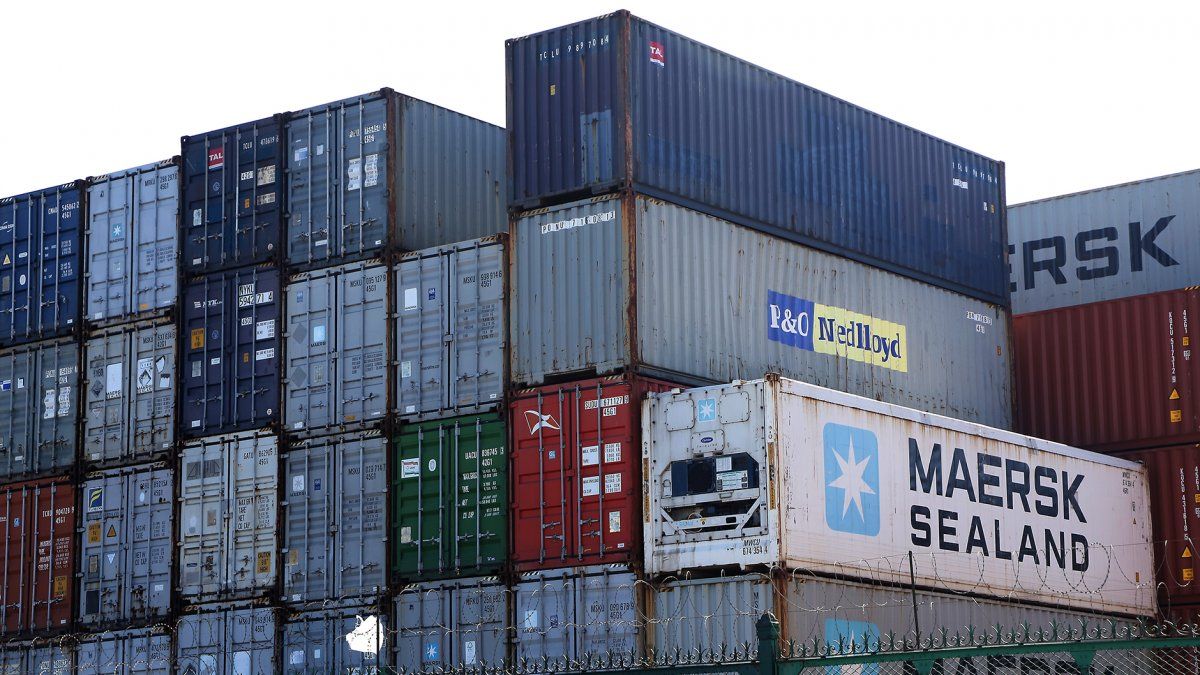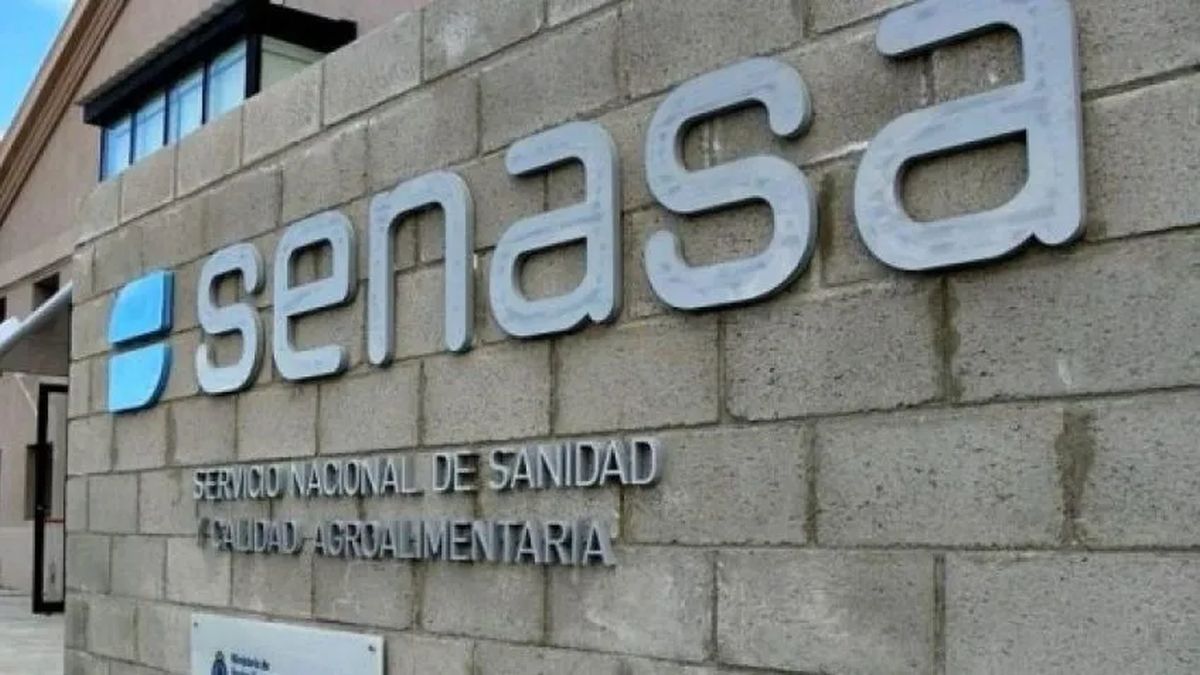that the situation of the reservations is difficult, It is already a fact and especially in a month of strong maturities. On Friday it will be necessary to pay US$1.3 billion to the IMF and on Sunday another US$700 million to private bondholders, commitments that will sink the reserves and, according to the main consultants, net negative reserves could reach US$7 billion after the weekend payments. In this context, the Ministry of Economy and the Central Bank are conducting negotiations with their main regional allies to try to moderate the loss of dollars. The detail.
Entry into the BRICs and the link with Brazil
During Sergio Massa’s tour of China, the current candidate for President and Minister of Economy achieved two key supports for Argentina’s entry into the BRICS. One of them is clearly China and the second is India. Entry to the block would also give the right to access the lines of credit from the New Development Bank of the bloc from emerging countries, which has a financing program of more than US$30,000 million until 2026. In addition, this entity could be key to unlock the financing mechanism that the Government has been negotiating with Brazil to pay for imports from the main trading partner within a term close to 365 days.
On this point, what is specifically sought is for the BRICS Bank to grant the guarantees that the financial entities of the neighboring country have been requesting to advance with the commercial credit that Alberto Fernández and Lula da Silva have been negotiating since the beginning of this year and which so far seems difficult to apply. According to what the government says, this could bring relief to the Central Bank’s reserves and speed up industrialists who require inputs, especially in the automotive sector where we have a significant trade deficit of US$1,969 million. However, the entrance to the BRICS could only be dealt with in the month of August. Therefore, the closeness with Brazil that the Government maintains aims to speed up the process of agreements between countries.
The yuanization of the economy
The other strategy of Sergio Massa and the Central Bank are operations with yuan. According to an official report, the Government has already spent almost US$2.4 billion in freely available yuan so far in 2023. In addition, the Ministry of Commerce authorized companies to pay for imports within 90 days, for more than US$2,000 million.
This maneuver allows the terms of access to the exchange market to be shorter. To stimulate this operation, the economic team offers a series of incentives for signatures. One of them is the period of access to the official exchange marketwhich is 90 days for imports that are paid with the Asian giant’s currency, while for most of those that are processed in dollars it is 180. In addition, permits for trade in yuan were accelerated.
In the same sense, for example, the measure of being able to create accounts in the Chinese currency more aimed at the import sector passed. the economist Natalia Motyl In dialogue with Ámbito, he affirmed that “among the pros is the last provision that bonds in dollars can be traded with yuan and give guarantees in yuan in the futures market. Given the lack of dollars, it is an option, especially those who are dedicated to trading Also those who trade can access the yuan for imports or dump them in the financial market after export. Today it is destined for commerce.”
The agreement with Uruguay
This week, the Central Bank made progress with the neighboring country through a letter of intent that allows facilitating operations involving the Argentine Peso and the Uruguayan Peso. In this agreement, they promised to work to expand the operations admitted in the current SML between Argentina and Uruguay.
The SML allows Argentine and Uruguayan economic agents to become familiar with the use of the other country’s currency, in addition to promoting progress in the economic integration process and strengthening the links between the institutions that signed the letter of intent, increasing liquidity and exchange market efficiency: Argentine Peso / Uruguayan Peso.
The purpose sought with this agreement is to incorporate payments related to trade in services (except payments related to financial services), transfers for family support and allow the transfer of resources to be denominated in Argentine pesos or Argentine pesos. Uruguayans indistinctly.
In any case, these three strategies will seek to replace the exchange currency in the face of the strong outflow of foreign currency and already anticipating, perhaps, the seasonal decline of these months until the fixed harvest enters and in full electoral scenario.
Source: Ambito




